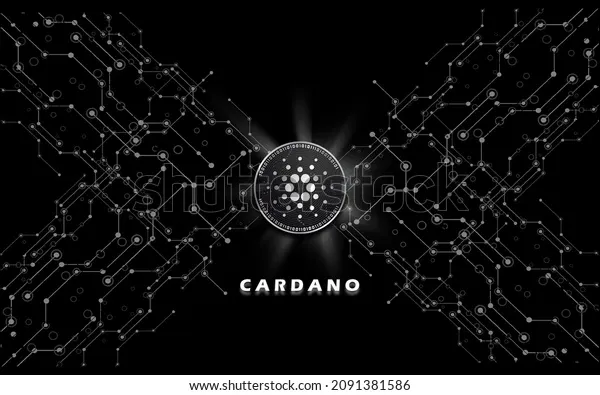Cardano is an open-source blockchain platform that was launched in 2015 by Input Output Hong Kong (IOHK). It is based on a proof-of-stake consensus algorithm and is considered to be the first blockchain platform to be built on the Haskell programming language. Cardano aims to provide a more secure and sustainable platform for the development of decentralized applications (dApps) and smart contracts.

What sets Cardano apart from other blockchain platforms is its focus on scientific philosophy and research-driven approach. The development of the platform is guided by a team of academic and research experts from various fields, including mathematics, computer science, and engineering. This approach is intended to ensure that the platform is built on a solid foundation of scientific principles and is able to address the scalability and security issues that have plagued other blockchain platforms.
The Cardano blockchain is made up of two layers: the Cardano Settlement Layer (CSL) and the Cardano Computation Layer (CCL). The CSL is responsible for the transfer of value on the blockchain, while the CCL is responsible for the execution of smart contracts and dApps. This two-layer architecture allows for greater flexibility and scalability, as well as the ability to update and upgrade the platform without disrupting the underlying network.
Proof of Stake Consensus Algorithm
One key feature of Cardano is its use of a proof-of-stake (PoS) consensus algorithm. Unlike proof-of-work (PoW) algorithms, which rely on the solving of complex mathematical problems to validate transactions and secure the network, PoS algorithms rely on the holding of a certain number of tokens as "stake" in the network.
This not only reduces the amount of energy required to secure the network, but it also incentivizes validators to act in the best interest of the network as their stake is at risk if they act maliciously.
Sustainability
Another aspect of Cardano is stainability. The energy consumption of proof-of-work blockchain networks, such as Bitcoin, has been a major concern in recent years. Cardano's PoS algorithm significantly reduces the energy consumption required to secure the network, making it a more sustainable option.
In addition, the Cardano platform has been designed with a "treasury" system that allocates a small portion of every transaction to a fund that can be used to finance future development and upgrades to the network. This allows for a self-sustaining ecosystem where the network can continue to evolve and improve without relying on external funding.
Smart Contracts and dApps
Cardano's CCL allows for the execution of smart contracts and the development of dApps. They allow for the automation of certain processes and can be used in a variety of industries, such as supply chain management, real estate, and finance.
dApps, or decentralized applications, are applications that are built on top of a blockchain platform. They provide a decentralized and trustless environment for the storage and transfer of data and value. Cardano's CCL allows for the development of a wide range of dApps, from gaming and social media to finance and supply chain management.
Conclusion
Cardano is a blockchain platform that aims to provide a more secure and sustainable option for the development of decentralized applications and smart contracts. Its use of a PoS consensus algorithm and two-layer architecture sets it apart from other blockchain platforms
** Your post has been upvoted (1.22 %) **
Curation Trail is Open!
Join Trail Here
Delegate more BP for bigger Upvote + Daily BLURT 😉
Delegate BP Here
Upvote
https://blurtblock.herokuapp.com/blurt/upvote
Thank you 🙂 @tomoyan
Congratulations, your post has been curated by @scilwa, a curating account for @R2cornell's Discord Community.